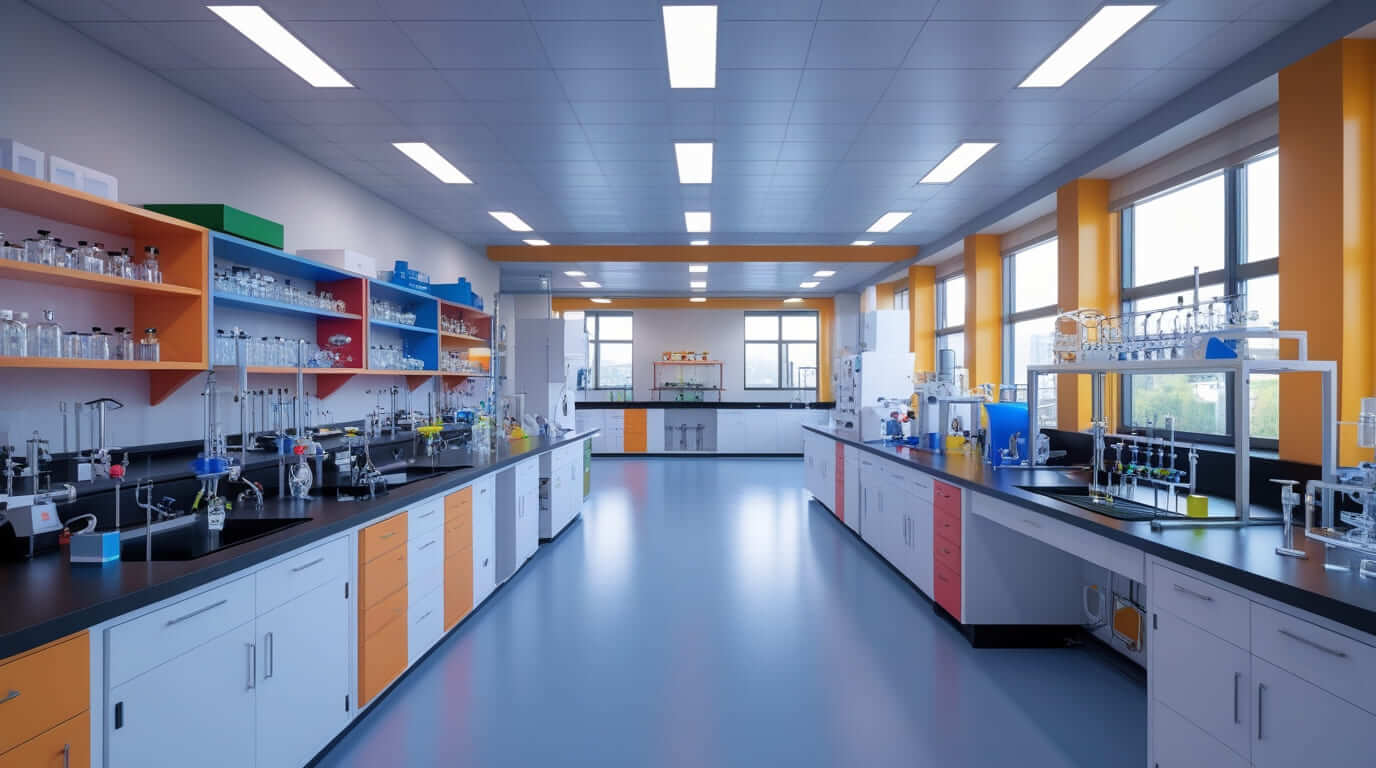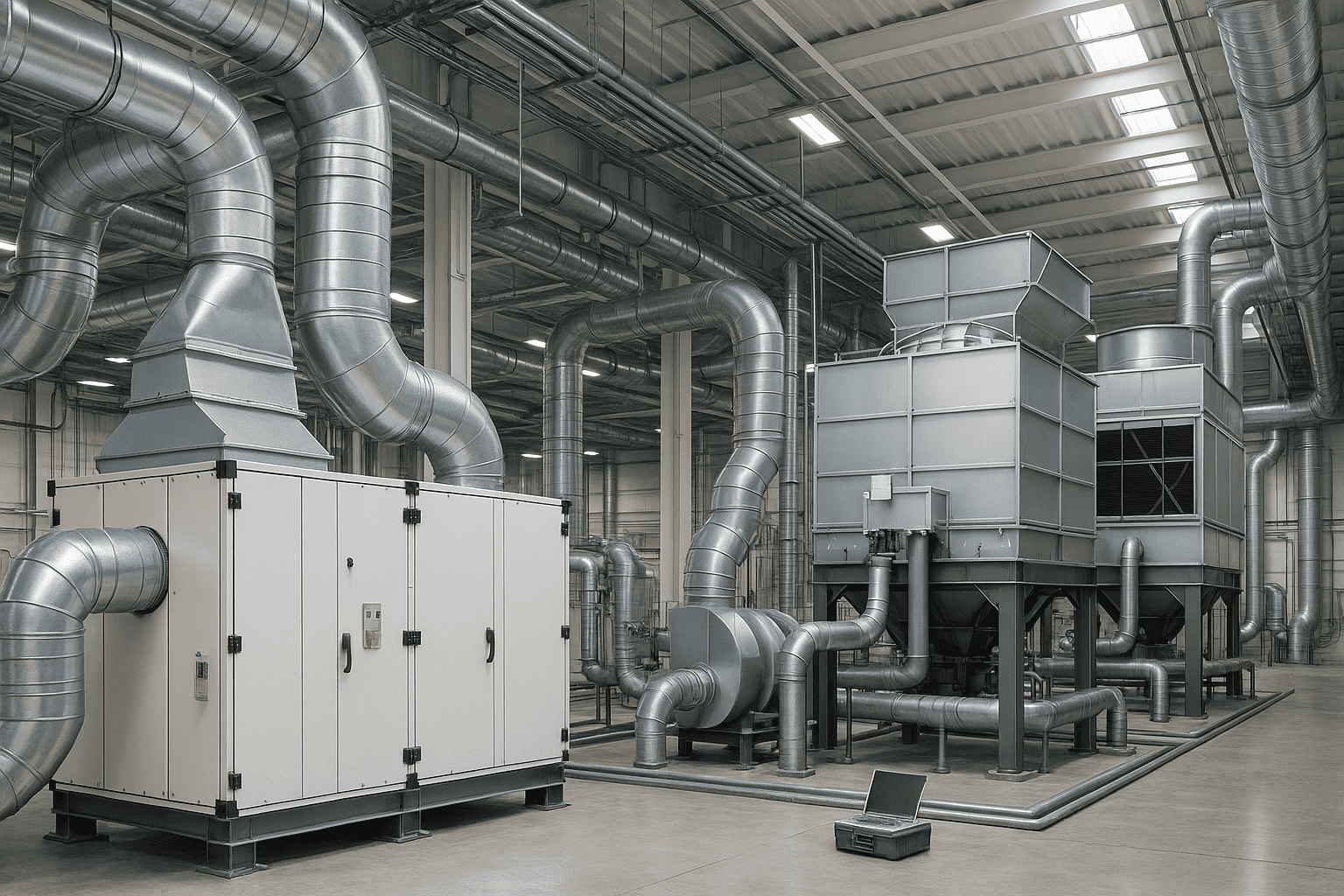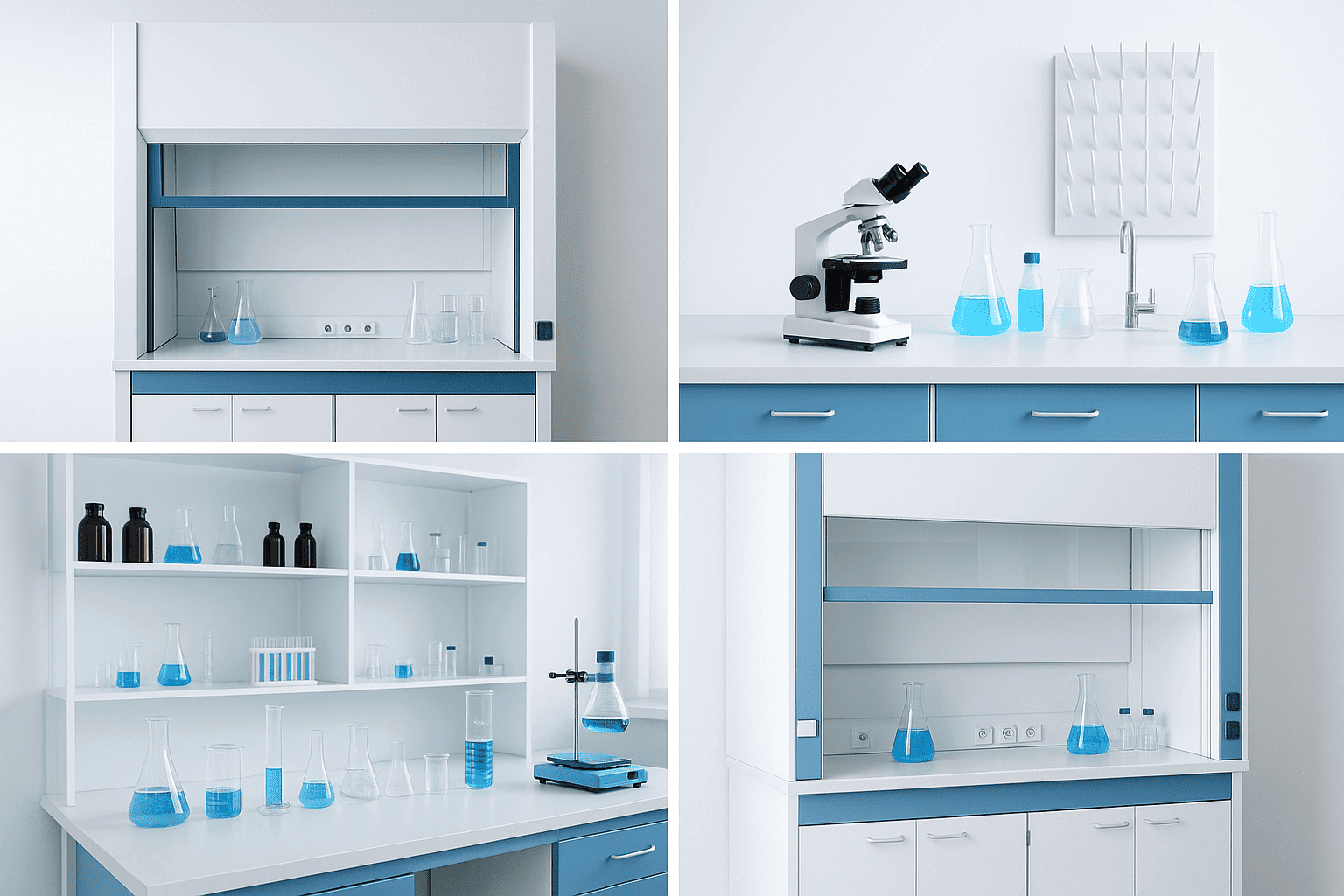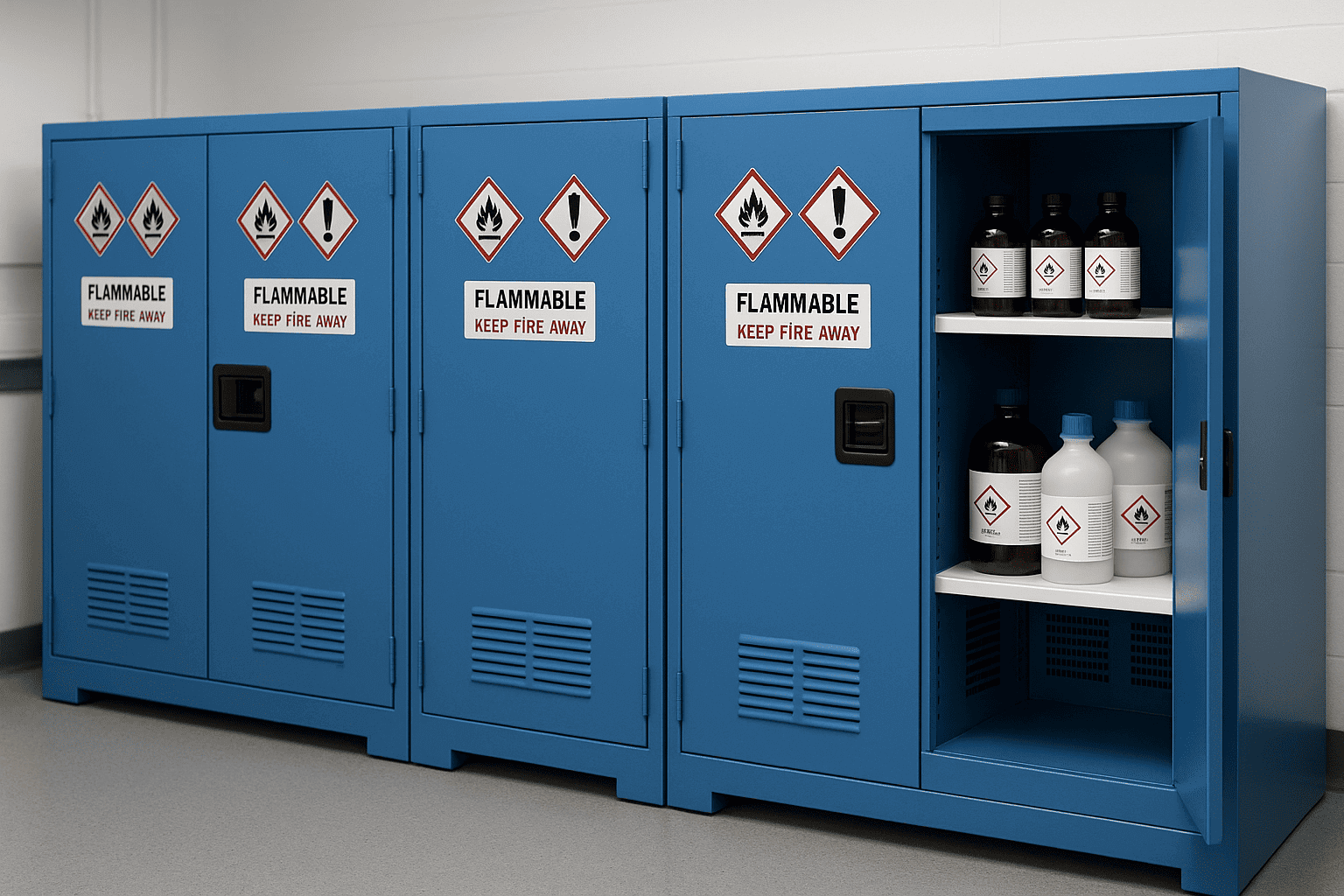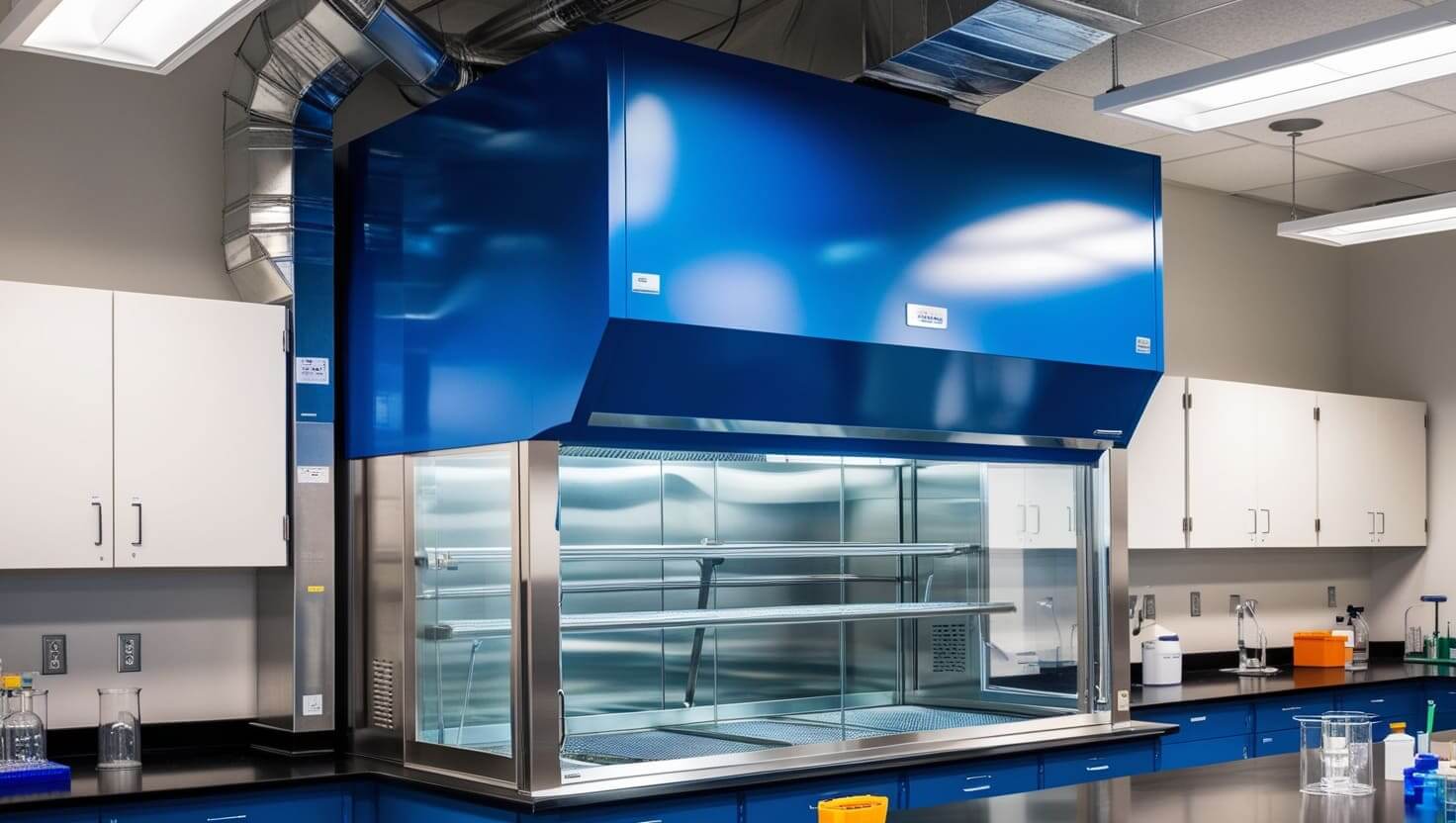
When working in laboratories, safety is the top priority. One of the most essential pieces of equipment that ensures a safe working environment is the Fume Hood. It is widely used in chemistry labs, research facilities, educational institutes, and industries to protect users from harmful vapors, gases, and airborne contaminants. Whether you are setting up a new lab or upgrading existing infrastructure, understanding what a fume hood is, how it works, its types, and its benefits will help you make better choices.
Websites like Chameza.in, Labturnkey. in, and Labcreator. in provide detailed insights into laboratory furniture and turnkey lab setup solutions, including fume hoods designed for modern laboratory needs.
What is a Fume Hood?
A fume hood is a ventilated enclosure designed to limit exposure to hazardous or toxic fumes, vapors, and dust during laboratory experiments. It acts as a protective barrier between the user and the chemicals being handled. The hood pulls contaminated air away from the workspace and exhausts it safely outside or filters it before recirculating.
The primary purpose of a fume hood is to:
- Protect laboratory personnel from inhaling harmful substances.
- Maintain a clean, safe working environment.
- Minimize the risk of fire or explosions caused by volatile chemicals.
Simply put, a Fume Hood Use ensures that laboratory work involving dangerous materials can be conducted safely without putting staff or students at unnecessary risk.
How Does a Fume Hood Work?

The working principle of a fume hood is relatively straightforward. It consists of a cabinet with a front sash (usually made of glass) that can be opened or closed. Air is drawn into the hood from the laboratory room, passing over the work surface, and then vented outside through a duct system or filtered in ductless hoods.
Key elements of a fume hood include:
1- Airflow System – Maintains proper ventilation to carry away harmful vapors.
2- Sash Window – Adjustable glass screen that protects the user and controls airflow.
3- Work Surface – The platform where experiments are conducted.
4- Exhaust System – Removes or filters contaminated air.
Maintaining correct airflow is crucial; otherwise, the fume hood may not provide effective protection.
Types of Fume Hoods
Different laboratories have different needs, and fume hoods are designed accordingly. Here are the main types:
1- Ducted Fume Hoods
These are the most common type, connected to an external ventilation system. Contaminated air is drawn through ducts and expelled outside the building. They are ideal for laboratories dealing with strong acids, solvents, and other hazardous chemicals.
Advantages:
- Efficient removal of toxic gases.
- Suitable for long-term heavy use.
- Provides maximum protection.
2- Ductless Fume Hoods
Instead of expelling air outdoors, ductless hoods use filters (carbon or HEPA) to purify the air and recirculate it back into the lab. They are portable, flexible, and cost-effective for labs that don’t handle highly toxic chemicals.
Advantages:
- Easy to install without external ductwork.
- Energy-efficient and mobile.
- Lower installation costs.
3- Walk-In Fume Hoods
These are large enclosures that allow personnel to walk inside and work with bigger equipment or large experimental setups. Often used in industrial and research labs, they provide versatility but require more space and higher ventilation capacity.
4- Canopy Hoods
These hoods are mounted above equipment that releases heat, steam, or fumes (like ovens and water baths). They are not enclosed like standard fume hoods but provide localized ventilation.
Common Fume Hood Use in Laboratories
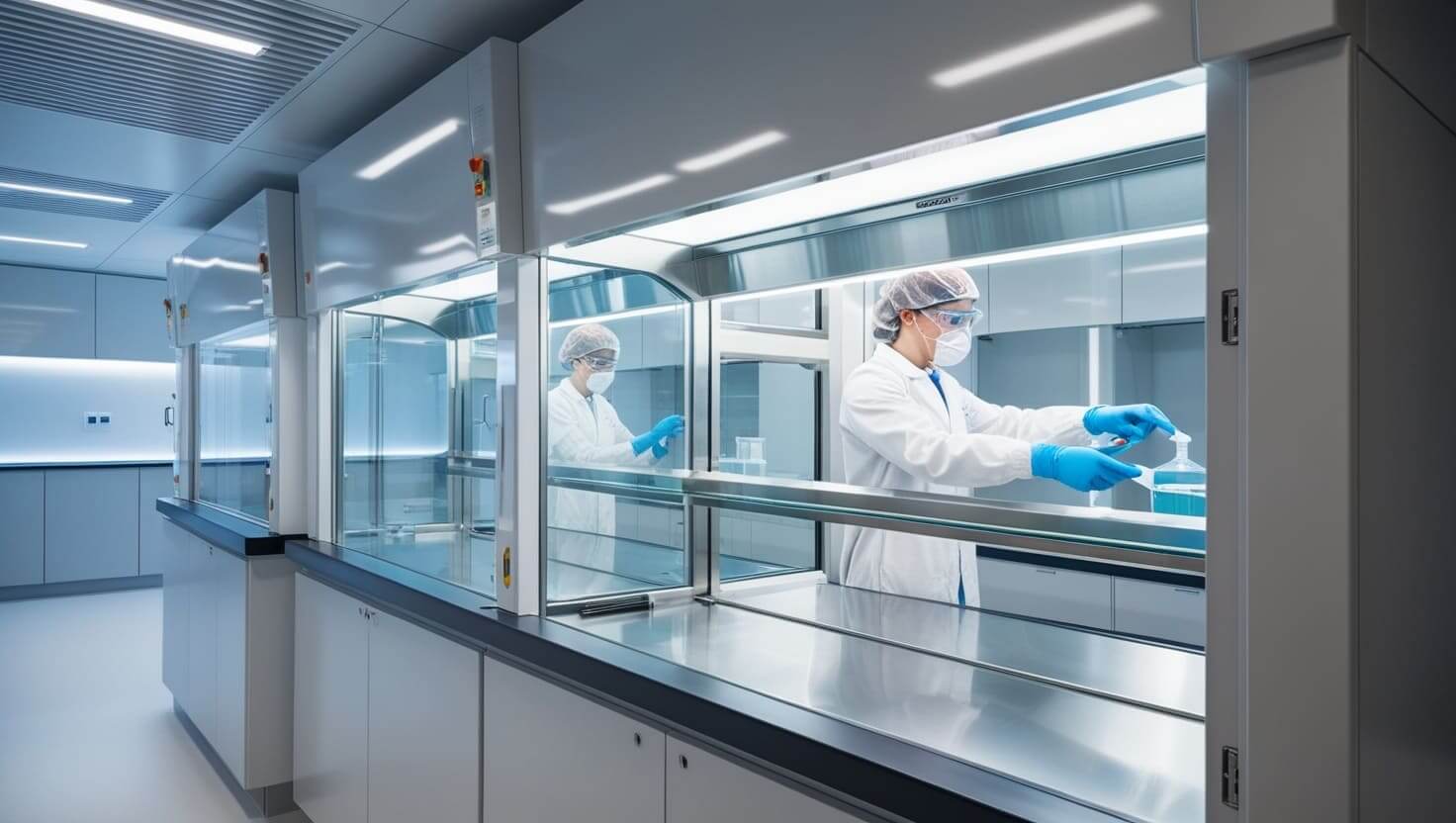
Laboratories rely on fume hoods for a wide range of applications. Some common uses include:
- Handling volatile chemicals such as solvents, acids, and bases.
- Working with toxic gases that could harm personnel.
- Controlling biological hazards and powders that may become airborne.
- Preventing accidental chemical splashes or fires.
- Maintaining contamination-free research environments.
In short, a Fume Hood Use is not limited to protecting the user; it also plays a role in ensuring experimental accuracy by keeping the environment stable and free from unwanted contaminants.
Key Fume Hood Benefits
Installing a fume hood in a laboratory has multiple advantages. Some of the top Fume Hood Benefits include:
1- Enhanced Safety – Protects users from inhaling harmful vapors and gases.
2- Fire and Explosion Control – Reduces risks when working with flammable or reactive substances.
3- Contamination Prevention – Keeps experiments free from dust and airborne pollutants.
4- Improved Comfort – Ensures a cleaner, odor-free workspace.
5- Compliance with Standards – Meets safety requirements for laboratory environments.
Laboratories listed on platforms like Labcreator.in and Labturnkey.in highlight how modern fume hoods are built with advanced airflow control and durable materials, making them long-term safety investments.
Best Practices for Using a Fume Hood
To maximize efficiency and safety, follow these guidelines when working with a fume hood:
- Keep the sash at the recommended height to maintain proper airflow.
- Do not block the air vents with equipment or materials.
- Place chemicals and apparatus at least 6 inches inside the hood.
- Regularly inspect airflow and filtration systems.
- Avoid rapid movements that disturb airflow patterns.
- Ensure the hood is certified annually for safety compliance.
By following these practices, laboratories can ensure their fume hoods function effectively and provide maximum protection.
Choosing the Right Fume Hood for Your Lab
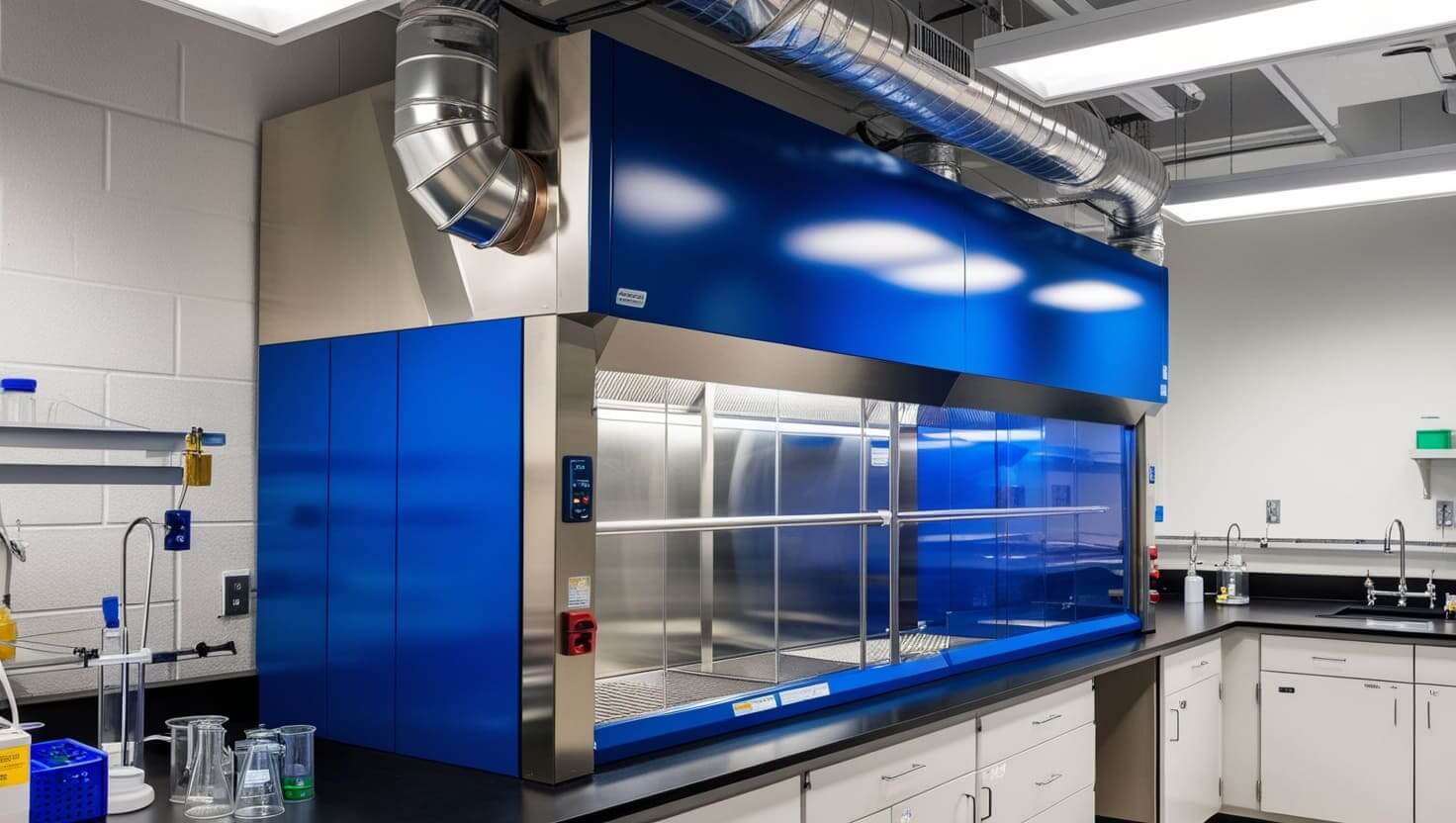
When selecting a fume hood, consider these factors:
- Type of chemicals used – Strong acids require ducted hoods, while lighter applications can use ductless models.
- Lab size and layout – Smaller labs may benefit from portable ductless hoods.
- Budget – Ducted systems are costlier but more robust for heavy-duty use.
- Compliance – Ensure the hood meets international safety standards.
Consulting experts from Chameza.in or Labturnkey.in can help you choose the best option tailored to your laboratory setup.
Final Thoughts
A Fume Hood is not just another piece of laboratory equipment—it’s a critical safety device that protects lives, research accuracy, and workplace quality. From ducted to ductless, small-scale to industrial, there are fume hoods available to suit every lab’s needs. Understanding the different types, knowing the proper Fume Hood Use, and recognizing the key Fume Hood Benefits can make a significant difference in creating a safe and efficient laboratory environment.
For organizations planning laboratory setups, reliable providers such as Chameza.in, Labturnkey.in, and Labcreator.in offer comprehensive solutions, ensuring your lab is equipped with high-quality fume hoods and other essential laboratory furniture.

